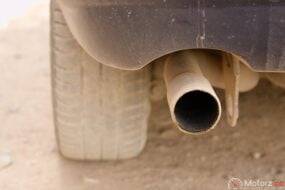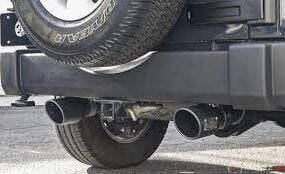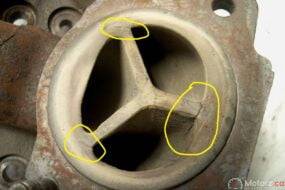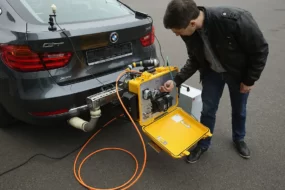Uneven Tire Wear Causes and Alignment Solutions are the unsung heroes of our vehicles, bearing the weight of the entire automobile and ensuring a smooth and safe ride. However, when it comes to tire maintenance, one common issue that many drivers face is uneven tire wear. Uneven tire wear not only compromises the performance of your vehicle but also poses a safety risk. In this article, we’ll explore the various causes of uneven tire wear and delve into alignment solutions to keep your tires in optimal condition.
Improper Inflation:
One of the primary culprits behind uneven tire wear is improper inflation. When tires are underinflated or overinflated, they wear unevenly, affecting the tread pattern. Regularly check and maintain the recommended tire pressure to ensure even wear and extend the life of your tires. Tire maintenance might seem like a small detail, but it can make a huge difference in the long run.
Wheel Misalignment:
Wheel misalignment occurs when the angles of the wheels deviate from the manufacturer’s specifications. This can result from hitting potholes, curbs, or other road hazards. Misaligned wheels cause uneven tire wear, typically manifesting as feathering or cupping along the edges of the tire treads. Wheel misalignment might seem like a minor issue, but it can really throw things out of whack. It’s like trying to dance with one shoe pointing in a different.
Worn Suspension Components:
The suspension system plays a crucial role in supporting the vehicle and providing a smooth ride. Worn-out components such as shocks, struts, or bushings can lead to uneven tire wear. A compromised suspension system fails to evenly distribute the vehicle’s weight, causing irregular tire patterns. The suspension system helps absorb shocks and vibrations from the road, providing a smoother ride for the occupants of the vehicle.
Improper Tire Rotation:
Regular tire rotation is essential for maintaining even wear on all tires. Failing to rotate tires as recommended by the vehicle manufacturer can result in uneven tread wear. The front tires, especially, tend to wear differently than the rear ones due to variations in steering and braking forces. Maintaining a regular tire rotation schedule is key to ensuring even wear on all tires. Neglecting this important aspect, as advised by the vehicle manufacturer, can lead to uneven tread wear.
Camber, Toe, and Caster Issues:
Camber, toe, and caster are alignment angles that impact tire wear. Camber refers to the inward or outward tilt of the tire, toe refers to the angle of the tires in relation to each other, and caster is the angle of the steering axis. Any deviation from the recommended angles can lead to uneven tire wear. To resolve this problem, it’s recommended to inspect and, if necessary, replace damaged or worn-out components such as control arms or bushings
Regular Wheel Alignment:
Schedule regular wheel alignments to ensure that your vehicle’s wheels are properly adjusted according to the manufacturer’s specifications. Professional alignment services can correct camber, toe, and caster angles, promoting even tire wear. Maintain the recommended tire pressure as specified in your vehicle’s manual. Regularly check and adjust the tire pressure to prevent uneven wear. Consider investing in a reliable tire pressure gauge to monitor inflation levels accurately.
Suspension System Inspection:
Periodically inspect the suspension system for worn-out components. Replace shocks, struts, and other parts as needed to ensure that the vehicle’s weight is evenly distributed, preventing uneven tire wear. Follow the recommended tire rotation schedule outlined in your vehicle’s manual. Rotating tires at regular intervals ensures that each tire experiences different positions on the vehicle, promoting even wear.
Addressing Additional Issues:
If you notice uneven tire wear, address the underlying issues promptly. This may involve replacing damaged or worn-out parts, such as control arms or bushings, and correcting any other factors contributing to misalignment. Addressing uneven tire wear is crucial for maintaining the optimal performance and safety of your vehicle. If you notice uneven tire wear, it’s a clear indicator of potential issues that need prompt attention.
Conclusion
In conclusion, understanding the Uneven Tire Wear and implementing alignment solutions is crucial for maintaining the longevity and performance of your vehicle’s tires. Regular maintenance, including proper tire inflation, wheel alignment, suspension system inspection, and timely tire rotation, can go a long way in preventing uneven tire wear and ensuring a safer and smoother driving experience.





